When you think of rural farming communities in Africa, do you picture technologies like smartphones and kitchens with gas stoves? Find out how innovative technologies are changing the way people farm and cook in Rwanda!
Today is International Day of Rural Women. Maybe when you think of life in rural Africa, Asia, or Latin America, you wouldn’t normally think of technology. And yet, on a recent trip to Rwanda, that’s just what I encountered.
First, I met Valentine who used to be a subsistence farmer. Rwanda has acidic soil, floods during the rainy season, and no access to water during the dry season — all of this left her unable to grow enough food to feed her family, let alone sell any crops for profit. Her children used to cry for food because Valentine didn’t have enough for them.
Then World Vision came into her community and helped them grow crops year-round. They taught her and other farmers improved methods of agriculture, showed them how to prevent soil erosion, created a canal and irrigation system, and introduced innovative technology.
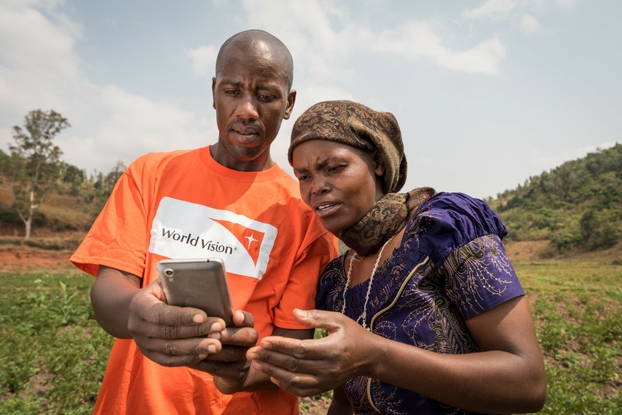
I watched as Valentine stood in the middle of her field of Irish potatoes tapping on a smartphone app called eHinga or ecultivation. This app connects to Rwanda’s ministry of agriculture data so farmers can learn what crops to plant at what time of the year. Valentine can find out how best to plant each of the crops she might grow.
World Vision provided five smartphones for Valentine’s entire farmers’ cooperative to use. Valentine shares her phone or the knowledge she learns through eHinga with other farmers. The app can be read in English, in Kinyarwanda (Rwanda’s main language), or made audible only for people who can’t read.
This revolutionary way of farming means Valentine doesn’t have to wait on World Vision’s agronomist to visit before she plants or fertilizes her crops. She’s empowered by this technology — her crops now produce enough to feed her family and create surplus to sell for income. And after time, when World Vision has finished working in her community, she and the other farmers will continue to thrive.
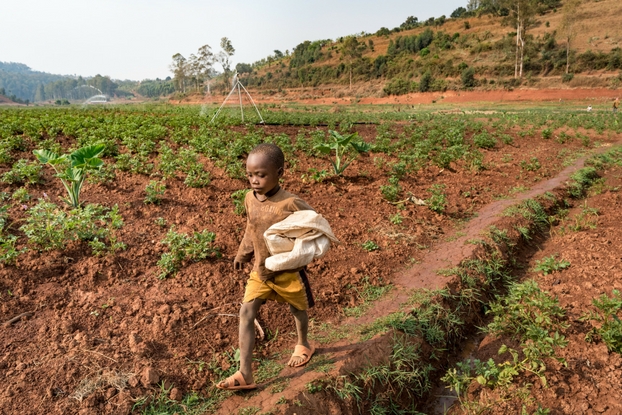
In nearby Nyaruguru, I met Vedaste and his wife, Beata. Beata used to go out with her daughters to gather firewood for their indoor, wood-burning stove. But through World Vision training, Vedaste learned about biogas. This amazing innovation frees Beata and her children from a labor-intensive process.
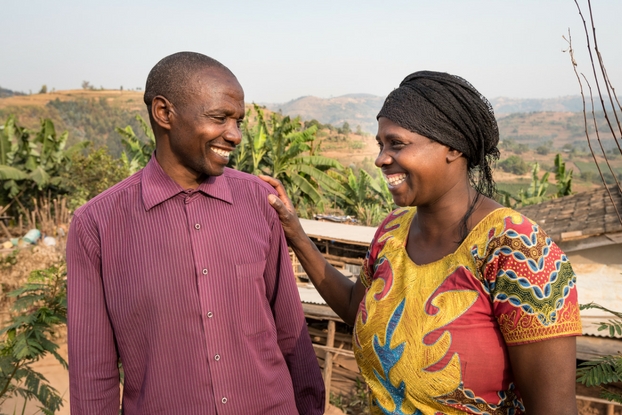
It’s also better for the environment to keep trees growing because it prevents soil erosion, which is a problem in Rwanda.
The biogas system also keeps the family healthier. Before, smoke from the firewood would get trapped in the family’s home, often leading to respiratory problems. Now the clean-burning gas keeps their home smoke-free.
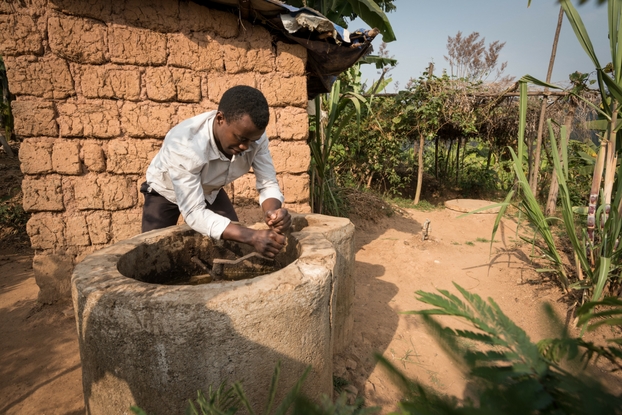
How does this amazing invention work? Animal dung gets mixed with water to create a sort of slurry. Then the churn is cranked, which sends the mixture underground to a biogas converter where it breaks down, producing methane gas and carbon dioxide.
A pipe carries the gas up to the house where Beata only has to strike a match to light the stove. She can now easily cook or boil water for the family.
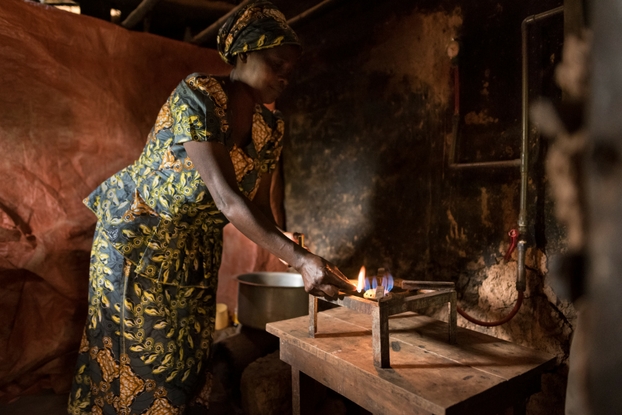
What remains after the gas is captured provides a rich fertilizer for the family’s garden and farm. Nothing gets wasted in this ingenious process.
As I witnessed in Rwanda, technological innovations are reaching some of the most remote corners of the world. And access to these new inventions is helping to make life a little easier for women in rural communities across the globe.
Thanks to grants, your gift to help feed the hungry will multiply four times in impact! Help stop hunger today.
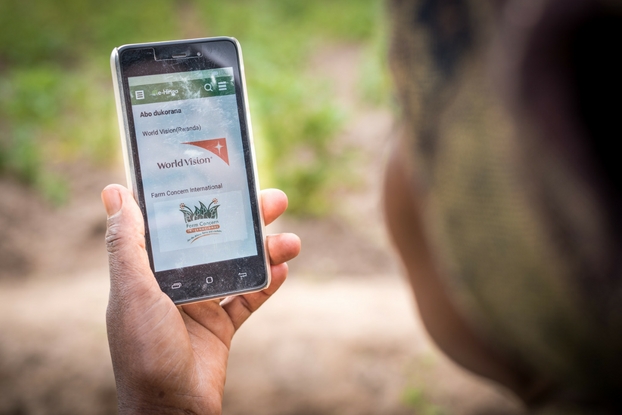
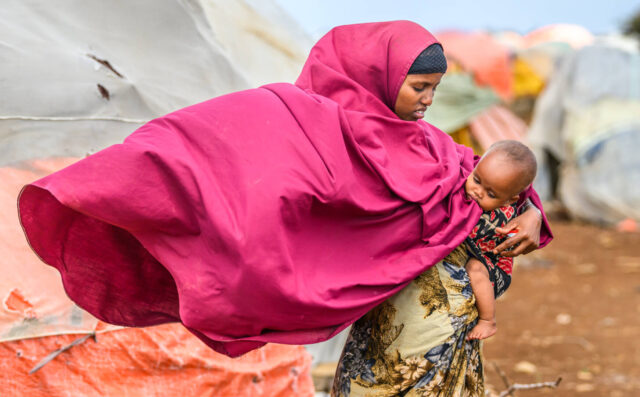
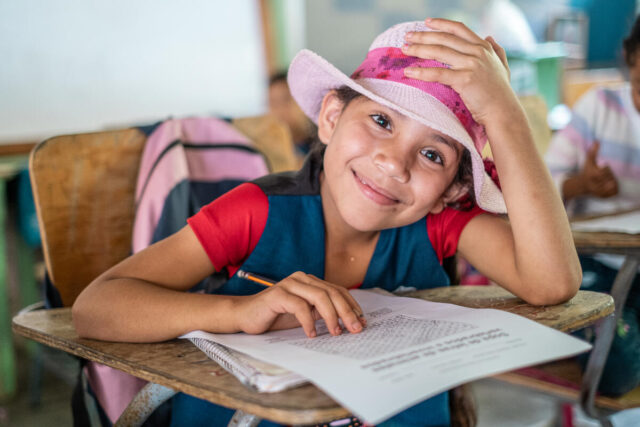

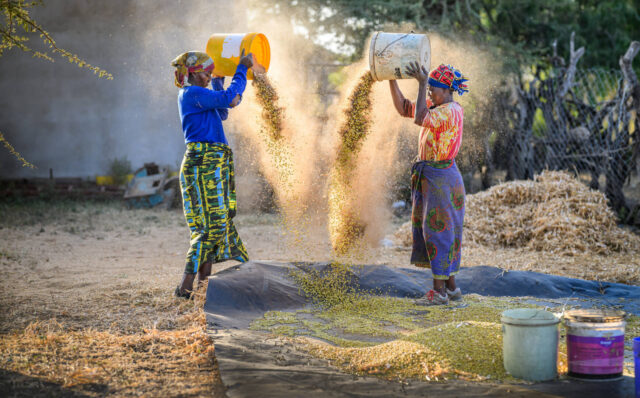
Comments